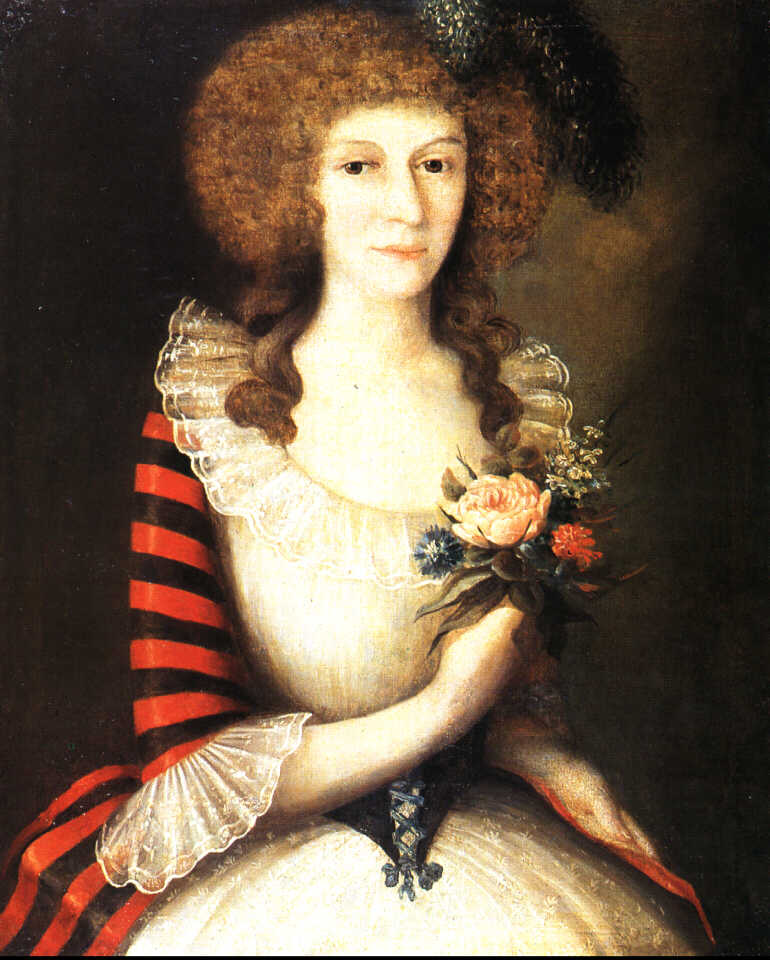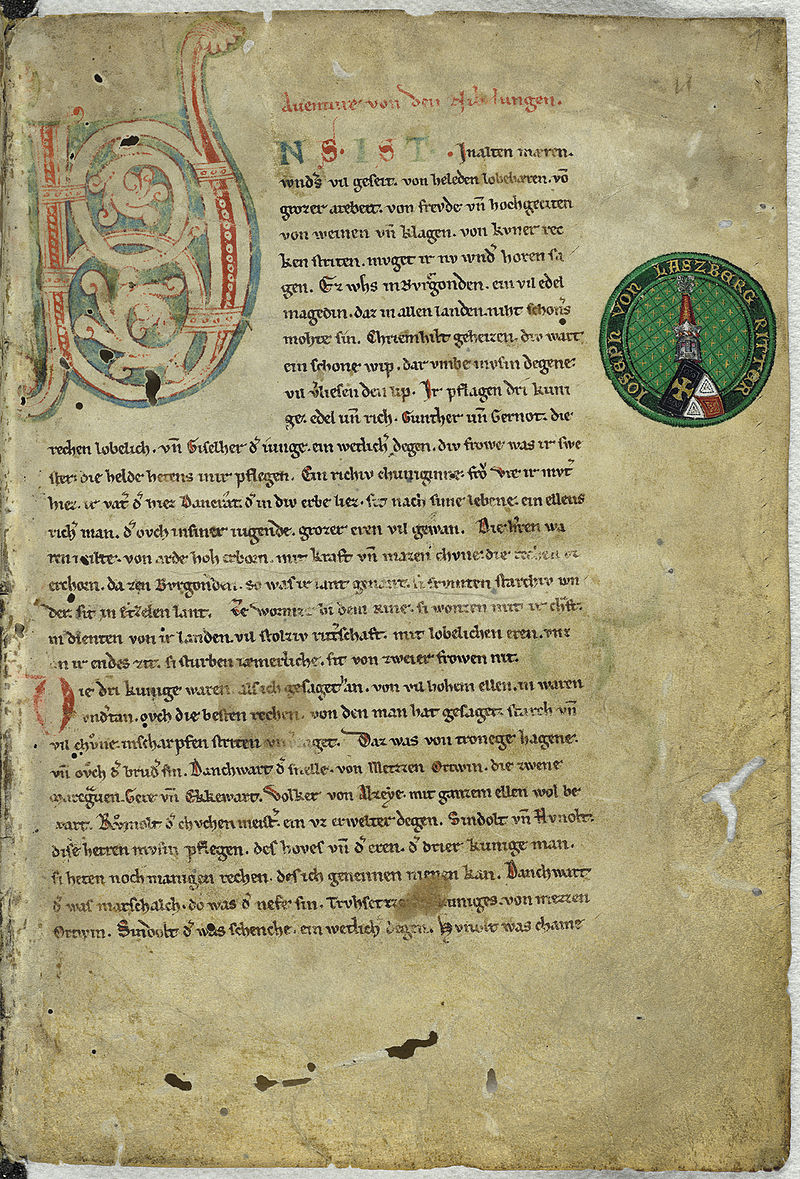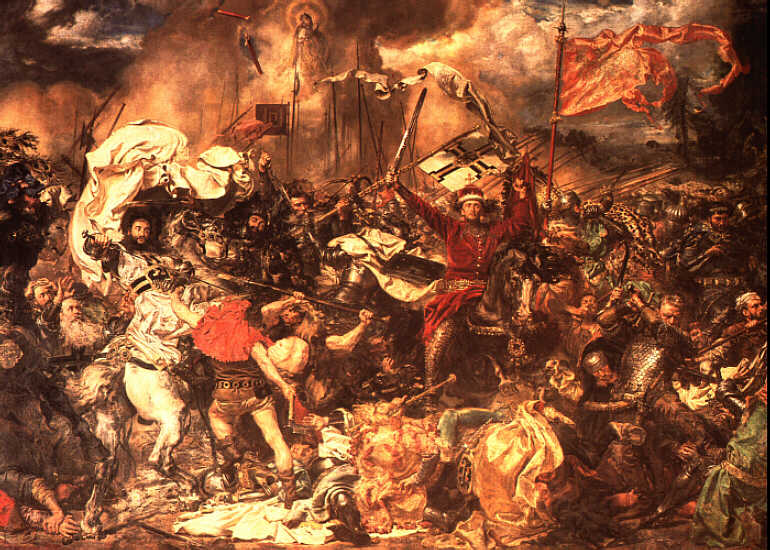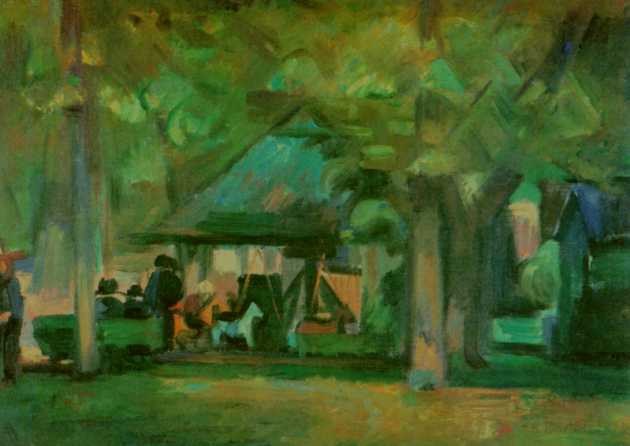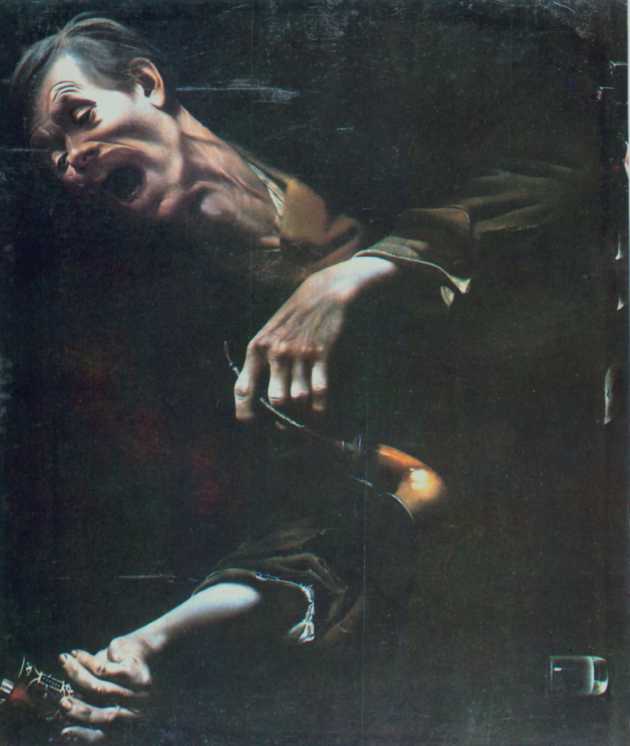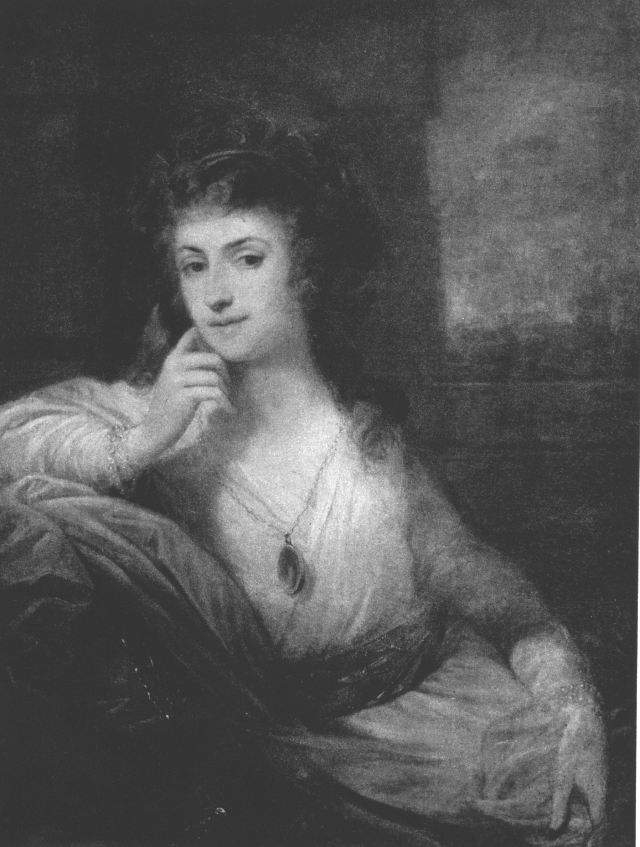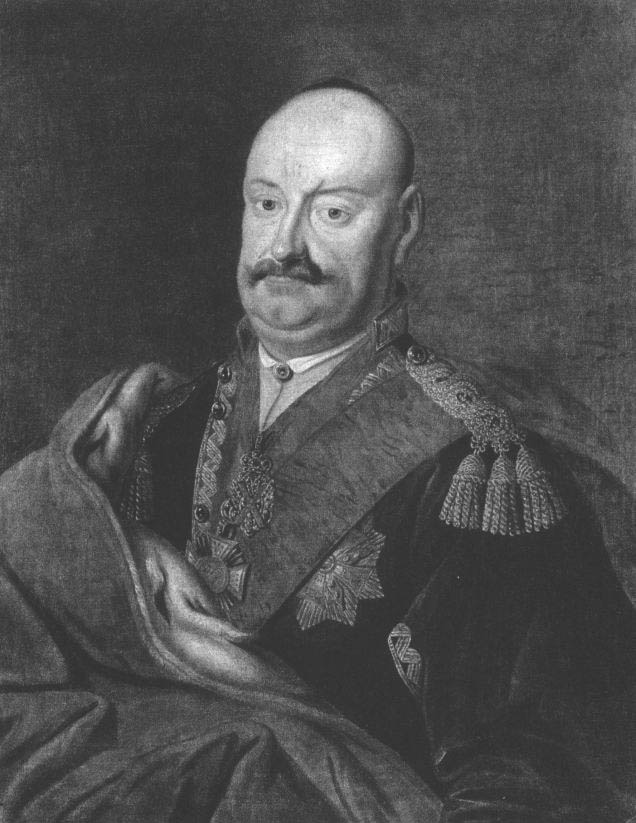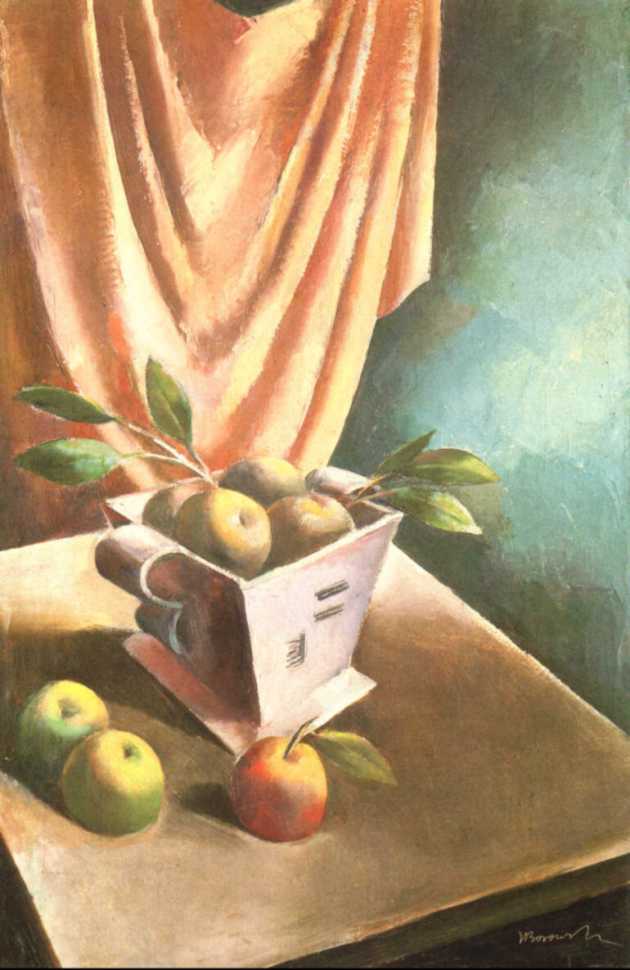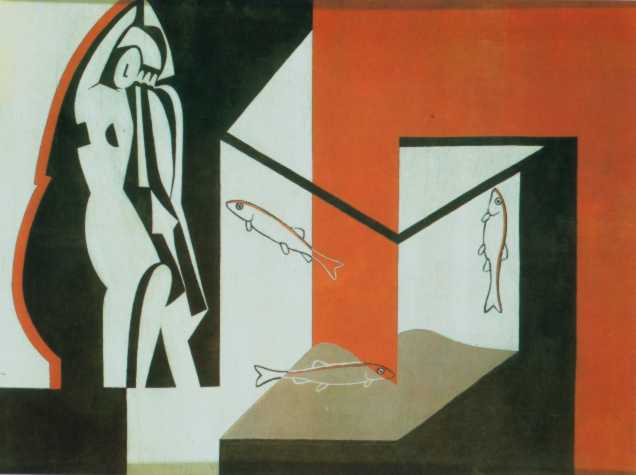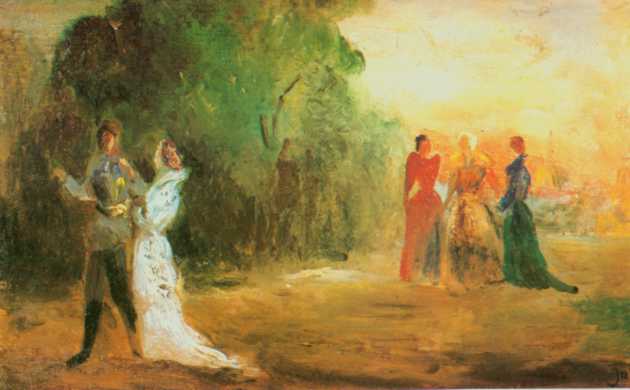
Dürer, Cranach i Holbein – Art History Museum – Vienna
In the next, in smaller rooms there is an excellent collection of German painting, especially representatives of the Danube school, a loose group of various German speakers, Sixteenth-century painters, inspired by the Danube landscape. In the room 16 there is a colorful Adoration of the Holy Trinity by Albrecht Dürer (1471-1528). You can distinguish the founders in the gilded crowd, Matthausa Landauera (in the bottom row, on the left), his son-in-law (in the bottom row, on the right) and Dürer standing firmly on the ground (in debt, on the right). Also the arm (contemporary copy of the original) worth some attention: whoever does not go to heaven is chained and devoured by the devil. On the next canvas, Dürer appears somewhat inappropriately dressed in black. His walk is accompanied by scenes of bloody slaughter, however, the artist is deep in conversation with his recently deceased friend, humanist, Konrad Celtis (who, incidentally, often visited Poland, m.in. studied at the Krakow Academy, a w 1492 He described in verse a voyage on the Vistula from Krakow to the sea).
Further works by Dürer hang in the hall 17, among them the portrait of Maximilian I painted in the year of his death; the emperor is holding a pomegranate in his hand, symbol of wealth and power. A prime example of the Danube school painting is the Crucifixion of Lucas Cranach the Elder (1472-1553), one of his first works, with the macabre image of Christ spattered and vomiting up blood, depicted against the rugged landscape of the Danube. When Cranach became the court painter of the Electoral Prince of Saxony, his style softened a bit. The Elector Fryderyk the Wise who hunts deer shows a herd of deer driven to the water, that the hunters could make use of their crossbows. The picture is almost joyful, as if the artist were unaware of the slaughter that was about to take place. Son of Cranach, Lucas Cranach the Younger (1515-86) he painted a similarly carelessly Elector Jan Fryderyk hunting deer. Both works hang side by side. In the room 17 you can also see some melodramatic paintings by Albrecht Altdorfer (ok. 1480-1538), the main representative of the Danube school, to whom Lot and his daughters reveal certain pornographic elements.
In the room 18 hang portraits of Hans Holbein the Younger (1497-1543), who is younger than Cranach and Dürer by almost a generation. They come from the period, when Holbein was the court painter to the King of England, Henry VIII. One of the first royal orders was Portrait of Jane Seymour, lady of the court of Henry VIII's second wife, Anny Boleyn, who, after the execution of the queen, became the third wife of the ruler (gave birth to Henryk his only son, the future Edward VI). Emperor Charles V, by the Austrian artist Jakob Seisenegger (1505-67), contributed to the popularization of a full-size portrait among the European aristocracy and undoubtedly served as a model for the more famous portrait of the emperor, by Titian, which hangs in the Prado museum in Madrid.
